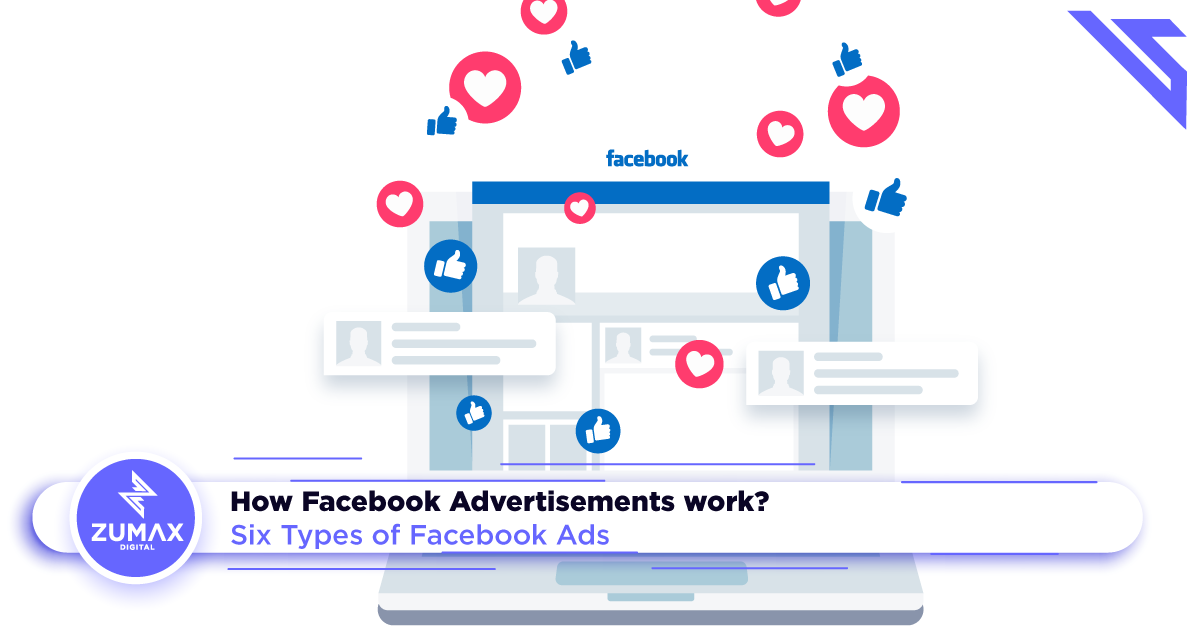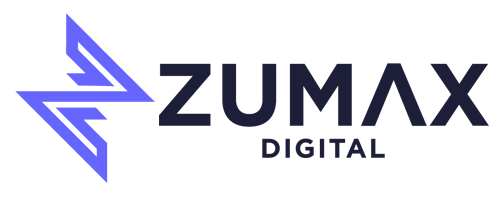
How Facebook Ads work? Six types of Facebook Ads.
Driving traffic to your website is one of the most common uses of Facebook advertisements. This may be done to broaden your website’s coverage or to send people to a landing page where they can buy your items, sign up for instant messaging forms, or participate in other activities. For example, the types of advertisements mentioned below:
1. Link Click Ads
This appears to be a straightforward post, except that it is delivered to users who are not currently fans of yours. In the top of the ad, define your URL and utilise pictures to attract visitors’ attention. The benefit of link advertising is that it takes the user to the website no matter where they click. A “learn more” button allows you to select the full image, the title, or any type of text.
(Source: W3Lab)
2. Video Ads
After you have included the complete advertising message in the video, visitors can see the video ad at any time and from any location. Advertising videos have a significant benefit. Furthermore, It might attract people more than images or text. Moreover, Facebook video advertising are shown 10-30% more than picture ads. In general, the opening few seconds of a video ad determine whether the user will continue watching the video.
(Source: AdExpresso)
3. Carousel Ads
Carousel advertising is presently the most frequent type of advertisement. Advertisements can be chosen by businesses depending on the interests of their target audience. Each advertising can include images or videos and can be played in a loop or clicked and swiped by the user. This type of marketing may provide users with a wealth of product information all at once. To optimise the efficacy of Carousel advertisements, arrange these images in a story-telling manner so that viewers may watch the full ad from start to finish.
(Source: Buffer)
4. Dynamic Ads
Users that have frequented your business and learnt about you are the primary target of dynamic advertising. Its goal is to provide consumers with supplemental guidance.
Although dynamic Facebook advertisements appear to be the same as regular advertising, their settings and functionality are distinct. You are not need to create an ad for each individual product. Instead, you design a template that auto-fills the ad and offers product or service information taken from the data source.
Users that are interested in your goods are particularly targeted by dynamic advertisements. Facebook can extract information from your Facebook pixels and SDK and display advertisements to people who have expressed an interest in your items by doing activities such as clicking on advertising or referring to products on your website and adding them to the shopping cart. This advertisement’s content is primarily the product information that the user has recently viewed.
(Source: Newsfeed.org)
5. Lead Ads
Companies utilise Facebook lead advertisements to get contact information from potential clients. Users may register for further information or downloads by providing their information (such as name, phone number, and email) via hint advertising.
(Source: WordStream)
6. Event Ads
This type of advertising is appropriate for specialised event activities. For example, the firm,hosts meet-and-greets, Valentine’s Day special events, and so on. It will send out invites based on their location and target audience. When the other party selects “join,” they will get event reminders.
(Source: WordStream)
7. Offer Claim Ads
There is also a promotion advertisement, which displays preferred activities in the advertisement. Viewer can click and redeem the electronic voucher in this advertisement. Moreover, consumers can get several forms of discount codes, such as text codes, barcodes, and QR codes, from discount ads. Company’s specification determined it. Besides, both physical and online businesses can using these promo codes.
(Source: Emaze)




